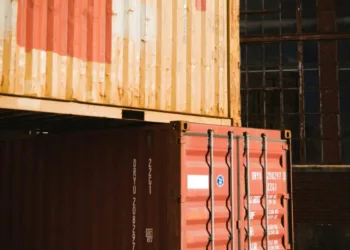Aftermath Analysis: Experts Discuss Impacts of Baltimore Bridge Strike on Supply Chains
Following the bridge strike incident in Baltimore, Maryland, stakeholders across the maritime industry have been evaluating potential repercussions on supply chains and broader US infrastructure concerns. Just a day after the accident, a panel of professors from the esteemed Johns Hopkins University in downtown Baltimore hosted a webinar addressing these issues. Professor Tinglong Dai, specializing in supply chains at the university’s business school, expressed concern over the bridge collapse, noting that while the effects would primarily be local and temporary, there could be implications for automobile movements, given Baltimore’s strategic position for accessing the Midwestern United States.
Highlighting Baltimore’s significance in the national security context, Professor Dai emphasized the port’s enduring importance. Despite the disruption, he likened the Port of Baltimore to the Taylor Swift of US auto-ports, suggesting resilience and ongoing relevance.
Questions lingered regarding the timeline for clearing the channel leading to the main port area, with equity research from Deutsche Bank projecting a relatively short-term impact on CSX’s coal volumes, albeit with potential implications for several weeks. Meanwhile, Professor Ben Shaffer from Johns Hopkins Engineering estimated a longer reconstruction timeline for the bridge, but anticipated a quicker cleanup of the shipping channel.
Resilience in supply chains became a focal point, with vessels potentially rerouting to alternative ports, as noted by maritime information provider Windward. Their data revealed increased vessel destination updates and drifting activities, indicating strategic planning amidst the Baltimore disruption.
Analysts from Deutsche Bank and Jefferies and Company maintained a relatively optimistic outlook, foreseeing minimal market impact on container shipping and dry bulk, while flagging potential concerns for car carriers should the port closure persist.
In summary, while the Baltimore incident poses short-term challenges, the broader maritime industry remains adaptable, with stakeholders strategizing to mitigate disruptions and ensure continued operations.







